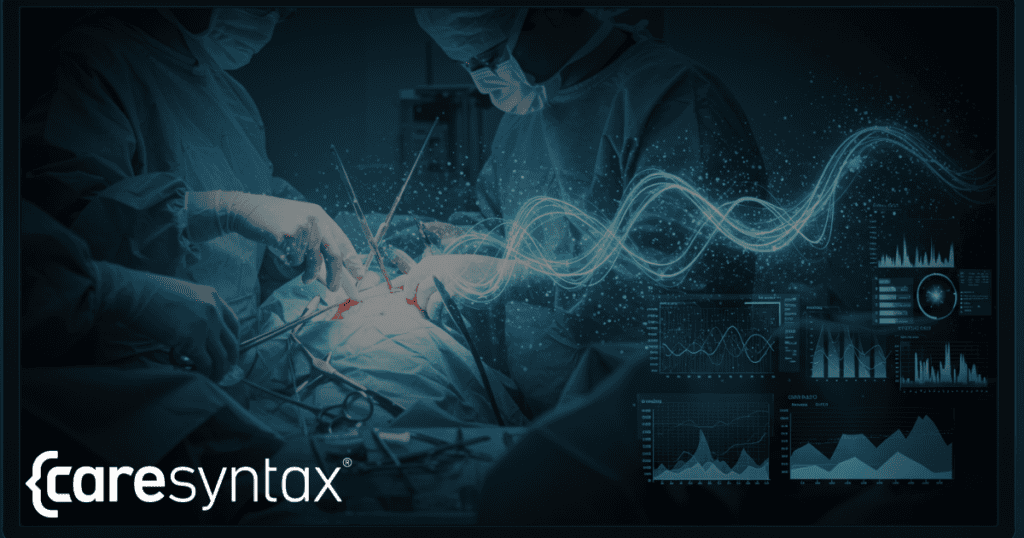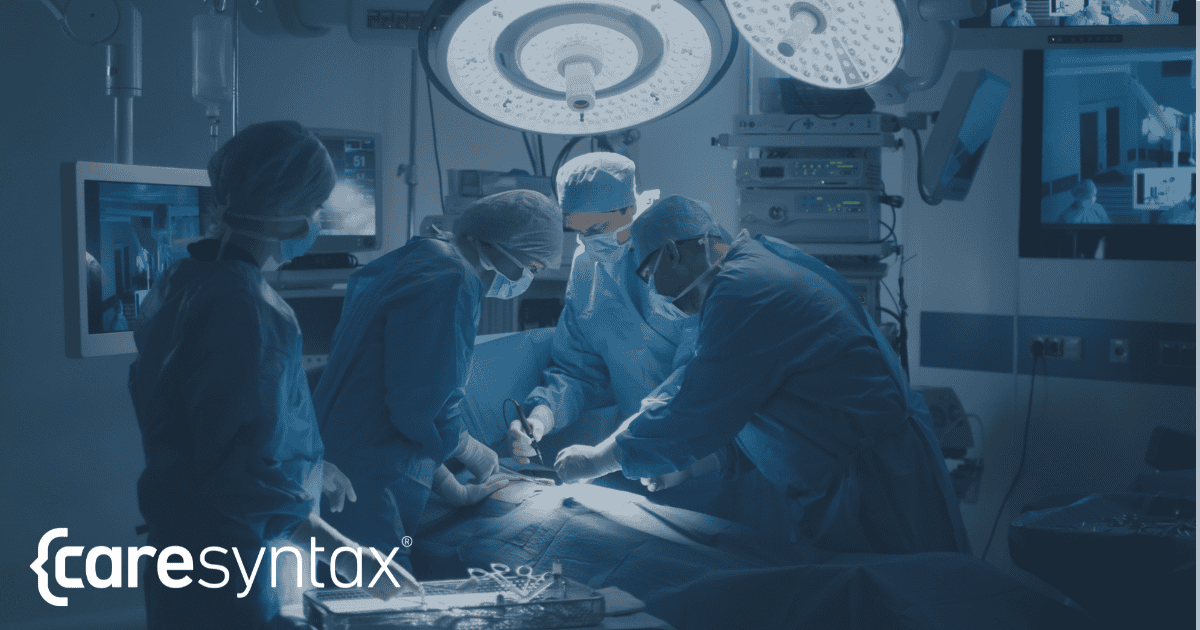Operating room (OR) integration can improve patient safety by providing real-time access to data from various sources in the OR. However, implementing OR integration can be challenging. To achieve these benefits, a comprehensive integration plan that considers all aspects of the project, including technical, data management, security, and change management aspects, is crucial.
Challenge 1: The Importance of a Vendor-neutral Approach
One challenge of OR Integration is providing technology that allows the surgeon to choose the surgical equipment they feel is best. Providing a vendor neutral solution allows for that because integrating all the different protocols and ensuring seamless data exchanges can be complex. This approach is crucial for providing a future-ready solution, as OR technology evolves faster than infrastructure, demanding adaptable and seamless data exchange.
How to overcome this challenge:
- Choose a vendor-neutral integration solution. A vendor-neutral solution will allow you to integrate equipment from different vendors (regardless of source, age or signal type), giving clinicians the flexibility to use the tools, equipment and devices they prefer.
- Work with an experienced integration partner. An experienced partner can help you navigate the complexities of integrating different systems and ensure seamless data exchange.
- Develop a clear integration plan. A clear plan will help ensure that the integration process is completed successfully. This plan should include a detailed assessment of the existing systems, a solid understanding of room workflow/infrastructure, overview of the solution, updates/upgrades, site-specific drawings, a clear definition of integration objectives, and a well-defined timeline for implementation.
Challenge 2: Security & Privacy
Another challenge is ensuring the security and privacy of patient data. OR integration solutions must be designed with security in mind to protect sensitive information from unauthorized access and comply with regulations like HIPAA and GDPR.
How to overcome this challenge:
- Choose an integration solution with robust security features. This may include data encryption, access controls, and regular security audits.
- Develop a data governance plan. A data governance plan will help ensure data is managed consistently and in compliance with regulations.
- Conduct regular risk assessments. This will help identify potential security vulnerabilities and allow you to take proactive steps to mitigate them.
- Choose a partner with proactive IT Collaboration. To ensure a streamlined and secure implementation, consistent communication with your IT department is crucial for finalizing the BAA and IT Security Agreement.
Challenge 3: Change Management with Staff
Implementing OR integration could cause significant changes to workflows and processes. Managing these changes effectively is crucial for successful integration.
How to overcome this challenge:
- Involve staff in the change process. This will help reduce resistance to change and ensure everyone is on board with the new system.
- Provide adequate training and support. Staff will need to be trained on how to use the new system and should have access to support when they need it. Make sure all training is aligned with clinical training team and documentation (sign-in sheets provided to track who has been trained) is provided.
- Communicate the benefits of OR integration. Explain how the new system will improve patient care, increase efficiency, and make their jobs easier. Make sure to point out specific functions/process that reduce steps and/or make work on staff easier.
- Minimize the cognitive burden on staff. The new system should be intuitive and easy to use, so it doesn’t add to their mental workload. A single integration platform on top of all the critical equipment can make it easier for staff to manage their tasks.
Challenge 4: Maintenance and support
OR integration solutions require ongoing maintenance and support. This includes ensuring the solution is up-to-date, problems are resolved quickly, and users have the support they need.
How to overcome this challenge:
- Choose an integration solution that comes with a comprehensive maintenance and support agreement. This will help ensure you have the support you need when you need it.
- Consider a cloud-based solution. Cloud-based solutions often require less maintenance than on-premises solutions, as the vendor handles updates and security patches.
- Implement remote maintenance and monitoring. This allows for proactive problem resolution and reduces the need for on-site visits.
- Consider an onsite resource. Any implementation bigger then 10 rooms should have a full-time onsite resource provided to keep consistent alignment with clinical/biomed staff and maximize system utilization.
Challenge 5: Maintaining workflow through installation
Minimizing disruption during the installation process is crucial. The integration solution should have a quick install time and a minimal footprint to avoid disrupting OR operations.
How to overcome this challenge:
- Choose an integration solution that is designed for quick installation. This may involve pre-configured components or automated installation processes.
- Consider a cloud-based solution. Cloud-based solutions often have a smaller footprint than on-premises solutions, as they don’t require dedicated hardware.
- Work with an experienced integration partner. An experienced partner can help ensure a smooth and efficient installation process.
- Provide detailed site-specific drawings. This will show the customer that you understand their space, workflow and process.

